Atlanta-based electronic composer James Pinkstone aka EveningShade.
James was making slick homages to the 80’s long before Survive blew the genre up via their Stranger Things soundtrack. The sounds of horror and sci-fi movies permeated his sense of self while growing up, instilling in him a nagging drive to capture those retro sounds, which he did privately for years, until founding EveningShade as conduit to release his digital soundscapes.
Slickster Magazine – Hey, James. Thanks for talking to Slickster. You’ve dropped four tracks of new Synthwave on Impulses, but it’s not clear if these are the teaser of a larger project or this is small stand alone release. Are there plans to expand on these four tracks?
JP – Hey, thanks for having me. I consider Impulses to be a self-contained unit, because each track—hopefully—paints a vivid picture with no words. I released a full-length EveningShade album in 2015 called The Hungry Night, and although it’s very Synthwave-influenced, it also relies heavily on lyrics. A lot of synth music fans have strong opinions about vocals, and whether they have a place, but I’m more interested in writing songs than sticking to the rules of a specific genre, even if they’re simply de facto rules. In the case of The Hungry Night, ten of the eleven songs were written with vocals. This time around, however, the songs didn’t call for vocals, so they make a nice little congregation together. Listeners are more able to get what they want out of the music without necessarily being told what each song is “about.” With one exception, of course, due to its title…
Slickster – Let’s talk The Terminator for awhile. “Making Love to Sarah Connor” is an homage to the 1984 film starring Arnold Schwarzenegger, Linda Hamilton and Micheal Biehn. Your track actually references a deleted scene in which Kyle Reese (Biehn) and Sarah Connor (Hamilton) fall in love and conceive the father of the resistance against the machines, John Connor. How did you come up with this track, and can you take us through the steps you took to produce it?
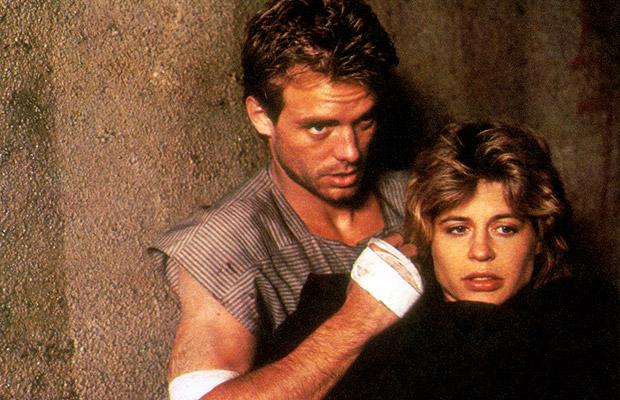
JP – This was a fun one. I’ve always loved that movie, and even when I saw it at eight or nine years old, Brad Fiedel’s score spoke to me. Most of the music had a calculated, relentless feel to it, even when it boiled with urgency (like in the alley chase and garage chase scenes). It was usually about the machine as an unstoppable force. But then, when the film called for it, the music took a much more tender—sometimes nearly acoustic—tone. I always wanted to make something just as soothing, but more sensual and synth-driven, that could fit into the movie. This track is the result of that desire.
I started with the low piano sustain chords. Rather than the drums, they are the anchor that keeps the song grounded. They give each measure a low, dark pulse that slowly decays while the higher instruments skitter along like little, glowing embers filling in the gaps. From there, I wrote the two synth melodies that play off of each other: the tighter one, which is more staccato, and the acoustic synth layered overtop with the longer, overlapping notes. I had to consciously stop there, because in early drafts I tend to layer too many competing melodies on top of one another.
The drums were one of the last elements I added. I knew I wanted something reminiscent of a break beat—which, for some reason, I’ve always considered sexy—but not quite so saturated or loud. Something that moved the song along without dominating it. From there, I just layered some strings to thicken it up a bit.
Slickster – I’ve got to admit it; I keep a quote of James Cameron (Director of The Terminator) on my desk. I have no way of knowing if he actually said or wrote this, but it goes like this, “Hope is not a strategy. Luck is not a factor. Fear is not option.” It helps me to get motivated when I feel like hammered shit! Is there someone in your artistic career that helps to motivate you?
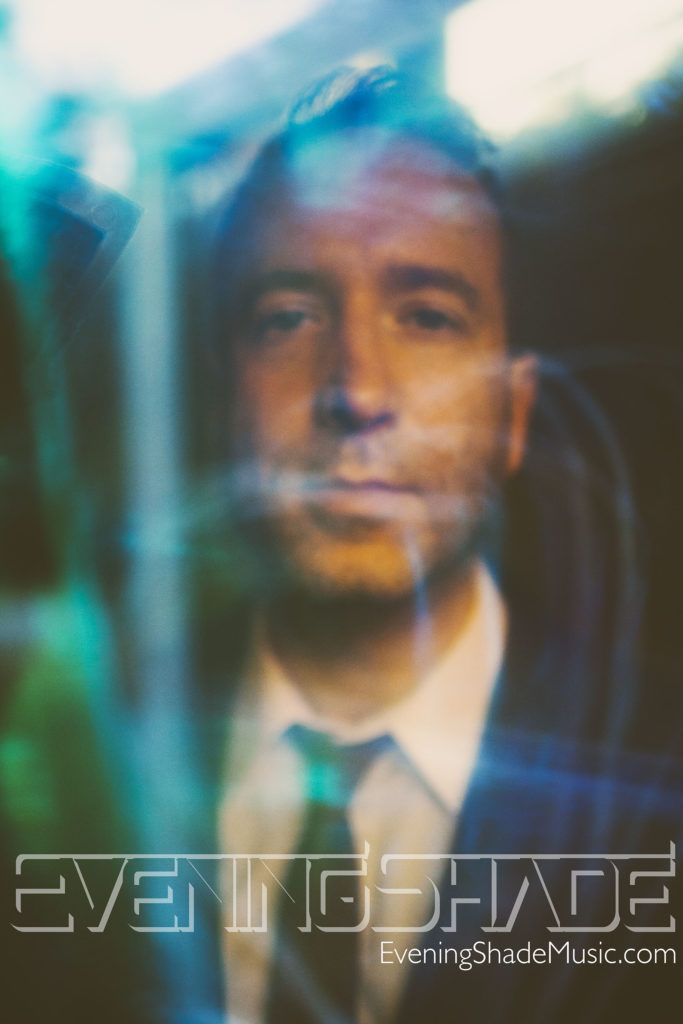 JP – There are a lot of people who motivate me, so it depends on the day. Sometimes it’s an idol, like Leonard Cohen or T.S. Eliot. More often, however, it’s a contemporary—someone who motivates me to be a better version of myself in order to keep up, or to compete, or to impress. Although most of my paying gigs involve digital composing, I actually came up in rock bands just like a lot of people did. Some of those people still have an influence on me, even years later. Melodies are melodies, regardless of the instrument, and I’m still trying to capture them any way I can.
JP – There are a lot of people who motivate me, so it depends on the day. Sometimes it’s an idol, like Leonard Cohen or T.S. Eliot. More often, however, it’s a contemporary—someone who motivates me to be a better version of myself in order to keep up, or to compete, or to impress. Although most of my paying gigs involve digital composing, I actually came up in rock bands just like a lot of people did. Some of those people still have an influence on me, even years later. Melodies are melodies, regardless of the instrument, and I’m still trying to capture them any way I can.
Slickster – Fast forward now to 2019. Never mind that all the plot lines with The Terminator and Skynet have long come and gone. Machines aren’t self aware, but there is some radical new A.I. going on around the world and online. I was just in South Korea and saw the autonomous robots at the Seoul airport. They don’t look that scary. I’d say they look more like the maid in The Jetsons rather than the T-800. Do you believe that computers and/or machines could enslave and exterminate the human race someday?
JP – Sounds like a fun trip! I don’t think machines will enslave us, because we’d likely serve little purpose to them, and the robots themselves aren’t what’s frightening to me—it’s the software, and the fact that it’s connected to so many missiles, fuel tanks, and financial infrastructures. If they eliminate us, which they could right now, it would likely be accidental, or the will of certain people directing them. People are still the greatest thing to fear, especially since they keep getting better at making ways to kill us all.
Slickster – In the original Terminator movie, Sarah Connor’s character arc transforms her from a cute, Southern Cali damsel in distress, into a badass, machine-fighting, resistance solider. In the nineties, we catch up with a PTSD-suffering, much harder version of Connor. Now, in anticipation of Cameron’s third installment of the franchise he created, a promotional poster has shown not one, but three women as the stars in movie that was once considered the epitome of macho guy movies. Care to weigh in on this?
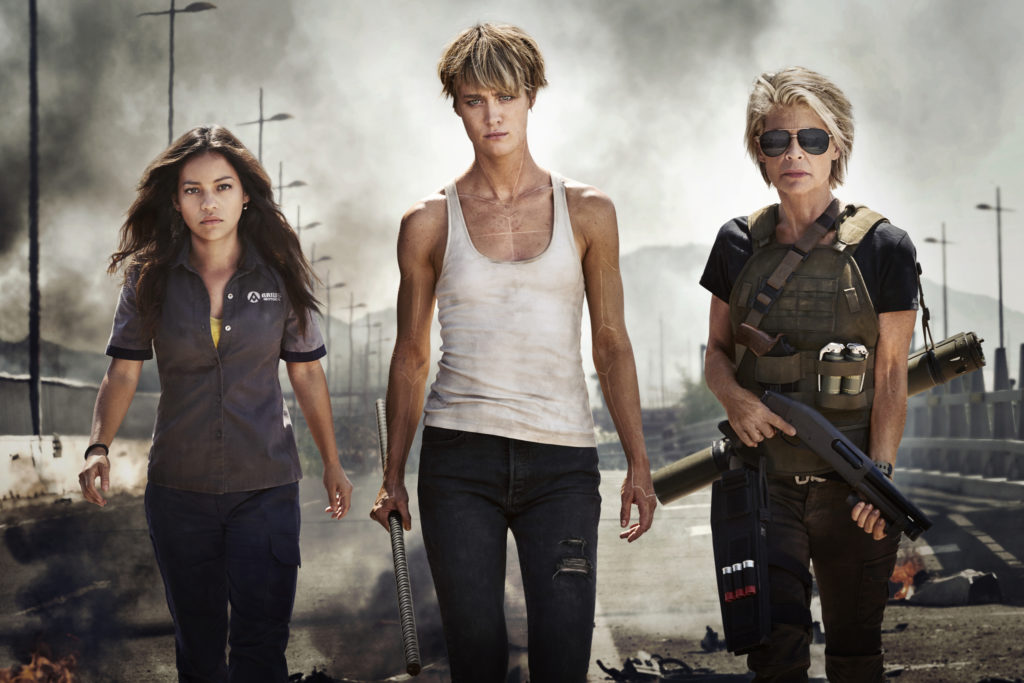
JP – I’m eager to see what they do, because the cast looks great, but I’m trying not to get too emotionally invested. It’s been a long time since The Terminator, and I’m not sure the circumstances that came together to make something like that can truly be replicated. We can always hope, but the only expectations I’m putting on it is that it’s entertaining. I’m rooting for Arnie, though, too. He’s due for a real comeback.
Slickster – Let’s get back to Impulses. How has your music career developed to arrive at this point? Did you start out playing drums in garage bands or just love tinkering around with DAW and drum loops?
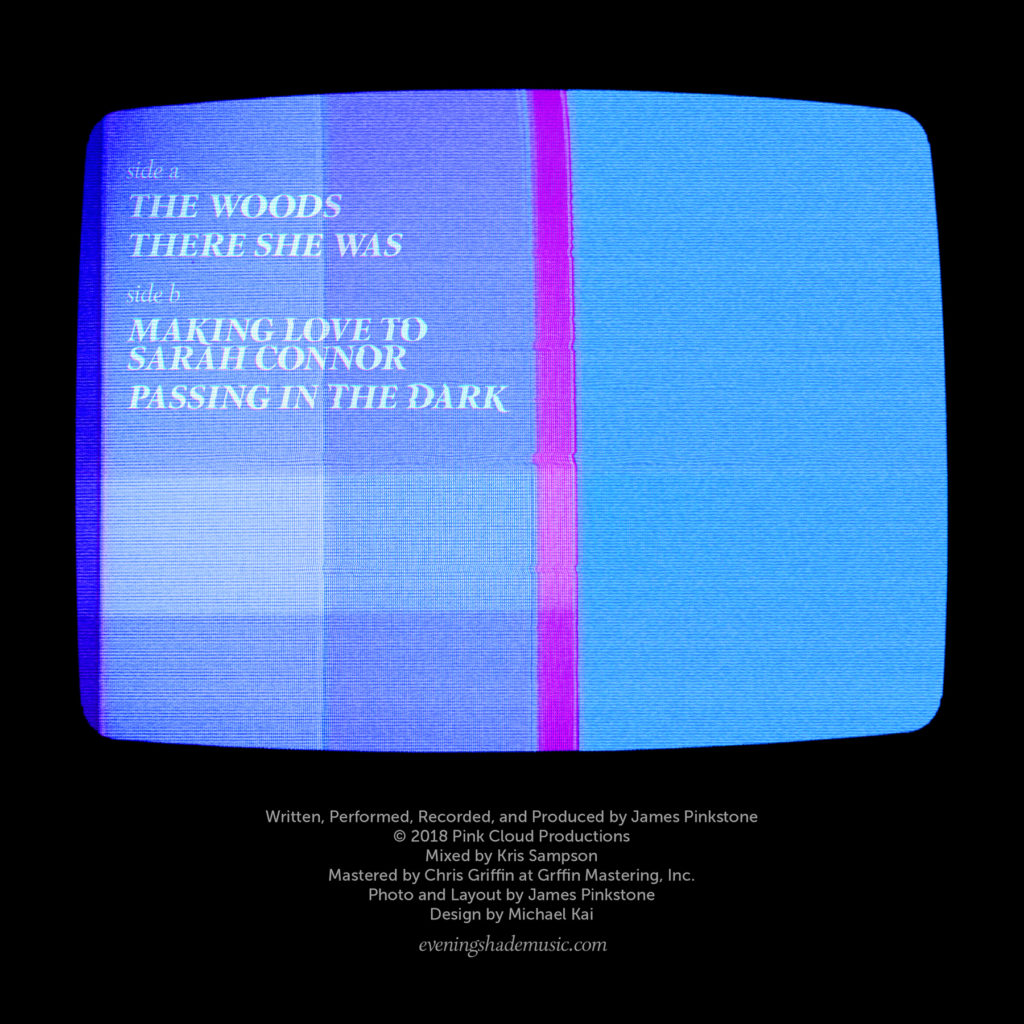
JP – About twenty-five years ago, I started with a guitar. I played in various punk and indie bands, but tooled around on other instruments when I needed to convey an idea in a demo. Even then, writing was my favorite. More than gigging, more than self-promotion, more than trying out new gear. There’s nothing as exciting to me as conveying a new idea at least somewhat closely to how it sounds in my head. Expressing those ideas, sometimes more successfully than others, as well as incorporating the happy accidents that resulted during the process, was what held my attention and drove my passion.
After college, when I realized I didn’t want a real job—and that a degree in English may not necessarily land me one anyway—I attended The Conservatory of Recording Arts and Sciences in Tempe, Arizona. It was an outstanding technical school, and my experience there showed me that what little I knew was an even smaller speck than I’d realized.
After audio school, from around 2002 through 2010, I was the Studio Manager—as well as an Assistant Engineer—at Nickel and Dime Studios in Atlanta, Georgia. It was a “real” studio, and some of the talent that came through that building was staggering. My coworkers, especially Producer/Engineers Don McCollister and Kris Sampson, were gracious enough to let me leech off of their mastery and expertise.
Around roughly the same time period, I was in a gigging rock band called Variac as the bass player. Again, the players in that band taught me more through example than I could have ever hoped to learn on my own. After Variac broke up, I released a Jangle Pop album, called The Ridealong, under the name Pinkstone in 2008. It did OK on internet radio, which was encouraging, but I was becoming more and more of a hermit, which meant it was increasingly difficult to find the time to play with other instrumentalists.
Sometime around 2011, I started going back and listening to the synth music I’d always loved growing up but had been too intimidated to try to emulate. Audio school had helped me realize that these were just instruments, albeit a different kind. So when I revisited pioneers like Tangerine Dream and Space, I now understood how they did it—although I may never know how they did it so well. Then I heard Lazerhawk and Kavinsky and realized that there were amazing artists making music like this right now. I began experimenting with sequencing, and those demos went on to become The Hungry Night, EveningShade’s first album.
About five years ago, I started selling compositions to production companies for television, mostly commercials. By that point, most of my work had become “in the box,” i.e. written on a computer. I’m now at a point where my default is to launch Logic on my laptop rather than pick up a guitar.
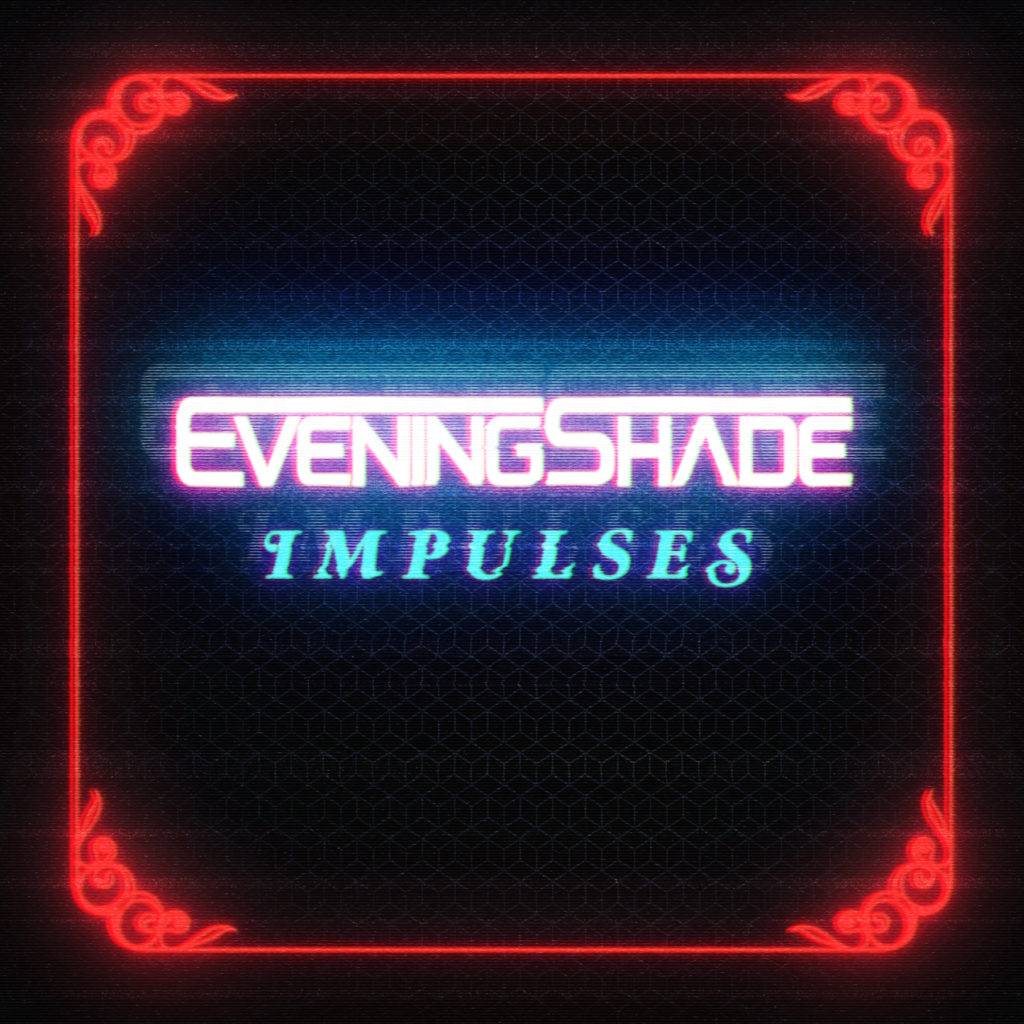
Slickster – What advice can you share with young musicians who are just starting to learn about music and the creative process?
JP – When you have writer’s block, change instruments. Even if you can’t play anything else, the first and simplest idea you pound out on a foreign-feeling instrument will likely be the best one. You can always replay it, and expand on it, with your native instrument later.
Slickster – Who are a few of your favorite Synthwave musicians out there right now?
JP– Lazerhawk, Crockett, Tesla Boy, and Kaivnsky (still, despite how long it’s been). For the most part, these artists all have something in common: they write songs instead of just making a cool-sounding groove repeat for four minutes.
Slickster – What about your favorite 80s movie babes? Can you name a couple?
JP – Great question. Catherine Mary Stewart from Night of the Comet may get first place, but Linnea Quigley gets the lifetime achievement award.
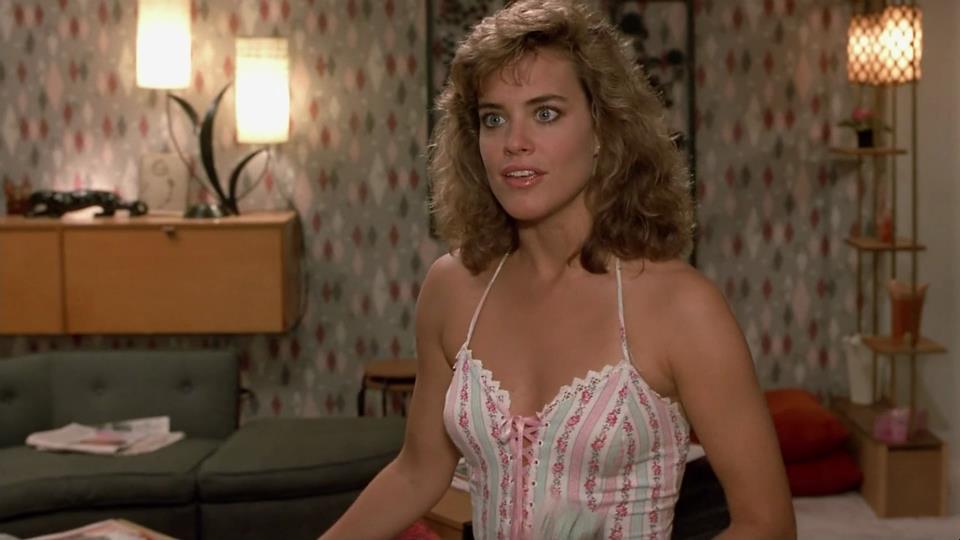
Slickster – Well, thanks again for talking with Slickster mag. James, is there anything else at all you’d like to promote, comment on, mention? ANYTHING GOES!
JP – If you enjoy Impulses, which I hope you do, please check out the 2015 EveningShade release The Hungry Night as well. On a few of the tracks, the amazingly talented Naomi Lavender sings, and her voice is a gorgeous instrument that almost sounds like a fragile woodwind. We’ve known each other for a long time, and she’s always had one of my favorite voices; I specifically wrote some of those songs with her in mind. I deliberately steered into the Synthwave cliche of driving at night and wrote a song called “Night Driving” that she performs beautifully. It may be the best-sounding thing I’ve done.
Slickster Mag – Last question. What is the most important message you’d like to share with the world right now?
JP – The world needs to know that season one of the 1980s iteration of The Twilight Zone is way, way better than it gets credit for. “Wordplay” alone deserves a Pulitzer. You had Wes Craven and Harlan Ellison in their primes, Rockne O’Bannon, Alan Brennert, and more. It was a creative dream team. I could go on and on about it.
